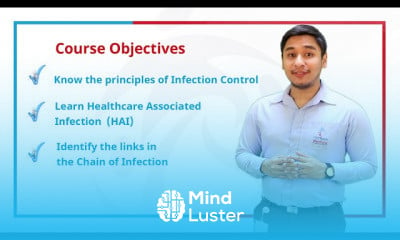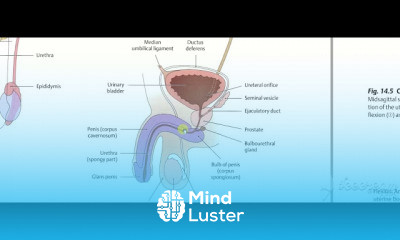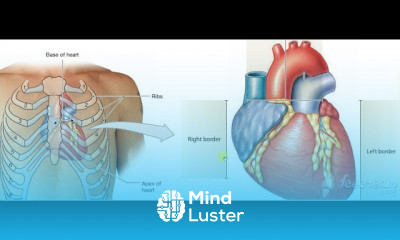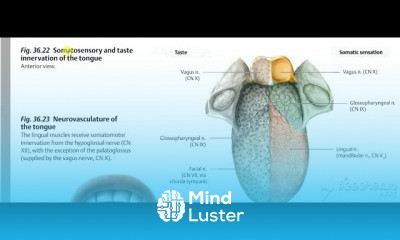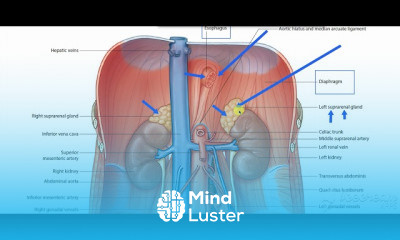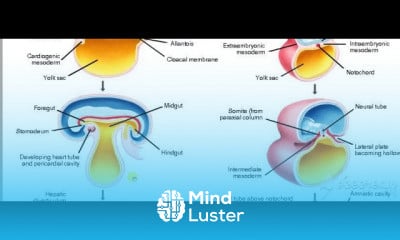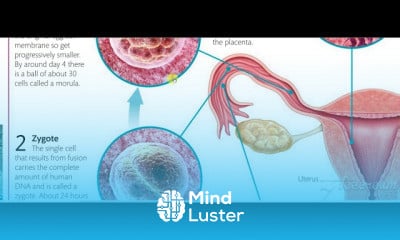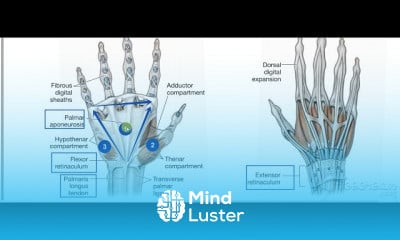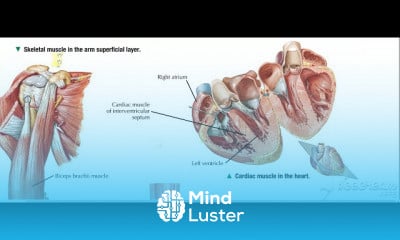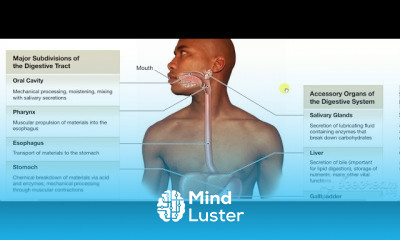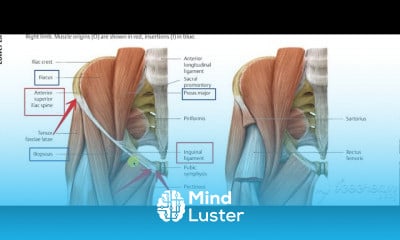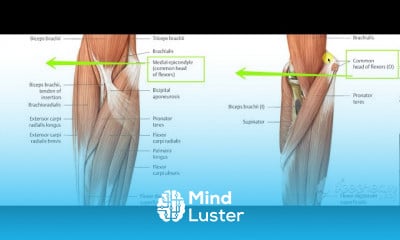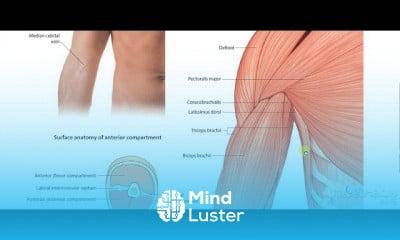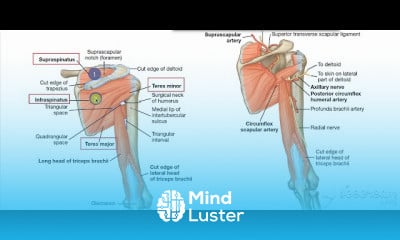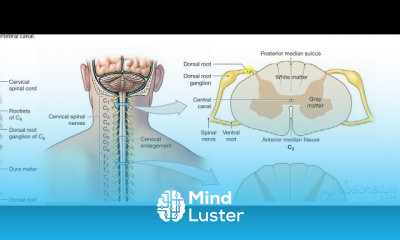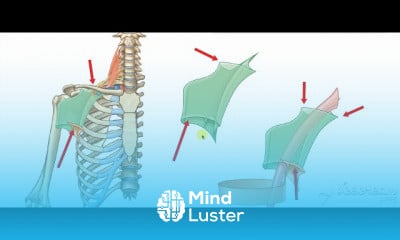Palatopharyngeus muscle
Share your inquiries now with community members
Click Here
Sign up Now
Lessons List | 32
Lesson
Comments
Related Courses in Medical
Course Description
The oral cavity, better known as the mouth, is the start of the alimentary canal. It has three major functions:
Digestion – receives food, preparing it for digestion in the stomach and small intestine.
Communication – modifies the sound produced in the larynx to create a range of sounds.
Breathing – acts as an air inlet in addition to the nasal cavity.
In this article, we shall look at the anatomy of the oral cavity – its divisions, contents, and any clinical correlations.
The oral cavity spans between the oral fissure (anteriorly – the opening between the lips), and the oropharyngeal isthmus (posteriorly – the opening of the oropharynx).
It is divided into two parts by the upper and lower dental arches (formed by the teeth and their bony scaffolding). The two divisions of the oral cavity are the vestibule and the mouth cavity proper.
Vestibule
The horseshoe-shaped vestibule is situated anteriorly. It is the space between the lips/cheeks, and the gums/teeth.
The vestibule communicates with the mouth proper via the space behind the third molar tooth, and with the exterior through the oral fissure. The diameter of the oral fissure is controlled by the muscles of facial expression – principally the orbicularis oris.
Opposite the upper second molar tooth, the duct of the parotid gland opens out into the vestibule, secreting salivatory juices.
What Are Oral Cavity and Oropharyngeal Cancers?
Oral cavity cancer starts in the mouth. It might also be called oral cancer. Oropharyngeal cancer starts in the middle part of the throat just behind the oral cavity that can be seen when the mouth is open.
Cancer starts when cells in the body start to grow out of control. To learn more about how cancers start and spread, see What Is Cancer?
The oral cavity (mouth) and oropharynx (throat)
The oral cavity includes the lips, the inside lining of the lips and cheeks (buccal mucosa), the teeth, the gums, the front two-thirds of the tongue, the floor of the mouth below the tongue, the bony roof of the mouth (hard palate) and the area behind the wisdom teeth (called the retromolar trigone).
The oropharynx is the middle part of the throat just behind the oral cavity. It can be seen when your mouth is wide open. It includes the base of the tongue (the back third of the tongue), the soft palate (the back part of the roof of the mouth), the tonsils, and the side and back walls of the throat.
The oral cavity and oropharynx help you breathe, talk, eat, chew, and swallow. Minor salivary glands all over the oral cavity and oropharynx make saliva (spit) that keeps your mouth and throat moist and helps you digest food.
Ask your doctor to explain or show you where your cancer is. Explore the 3D interactive model here to learn more.
Trends
French
Formation efficace à l écoute de l
Graphic design tools for beginners
Data Science and Data Preparation
Learning English Speaking
American english speaking practice
Build a profitable trading
Electrical engineering for engineer
Essential english phrasal verbs
Artificial intelligence essentials
VBA macros in excel for beginners
Magento Formation Français
MS Excel
AI workflow automation
Build a tic tac Toe app in Xcode
Building a website with chatGPT
Figma for UX UI design
ArrayLists in C for beginners
E Commerce web design
YouTube channel setup
Recent
Data Science and Data Preparation
Growing ginger at home
Gardening basics
Ancient watering techniques
Grow mushrooms
Growing onions
Veggie growing
Bean growing at home
Growing radishes
Tomato growing at home
Shallot growing
Growing kale in plastic bottles
Recycling plastic barrel
Recycling plastic bottles
Grow portulaca grandiflora flower
Growing vegetables
Growing lemon tree
Eggplant eggplants at home
zucchini farming
watermelon farming in pallets



